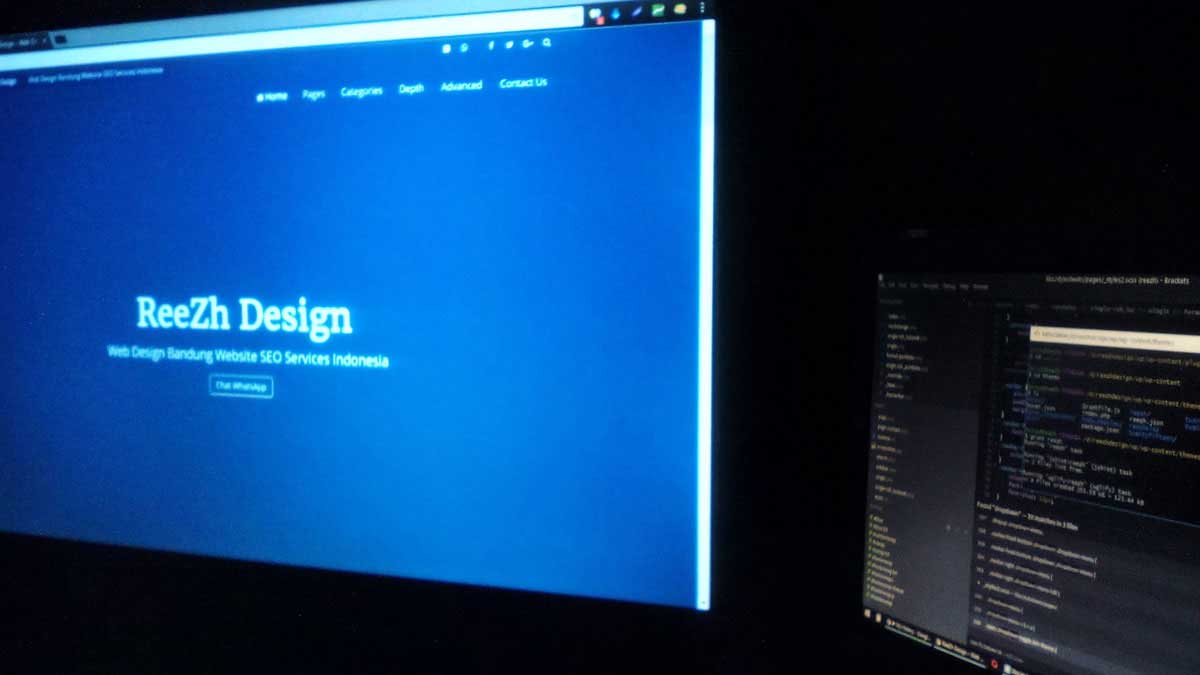A Comprehensive Guide for Website Design Project Management From Scratch
In today’s digital age, having a well-designed website is crucial for any business looking to establish a strong online presence. However, designing a website can be a complex and challenging process, requiring careful planning, coordination, and execution. In this guide, we’ll walk you through the process of managing a website design project from scratch, covering everything from defining your goals to launching your site.
1. Define Your Goals and Objectives
Before you begin your website design project, it’s important to clearly define your goals and objectives. What do you want to achieve with your website? Are you looking to increase sales, generate leads, or improve brand awareness? By defining your goals upfront, you can better tailor your website design to meet your specific objectives.
2. Create a Project Plan
Once you’ve defined your goals, the next step is to create a project plan. A project plan outlines the scope, timeline, and resources required for your website design project. It should include key milestones, deadlines, and deliverables, as well as a budget and resource allocation plan. A well-thought-out project plan will help keep your project on track and ensure that all stakeholders are aligned on the project’s objectives.
3. Gather Requirements
After creating your project plan, the next step is to gather requirements for your website design. This includes defining the functionality, features, and design elements you want to include on your site. Consider factors such as user experience, mobile responsiveness, and search engine optimization (SEO) when gathering requirements. It’s also important to involve key stakeholders, such as marketing, sales, and IT teams, in the requirements gathering process to ensure that all business needs are addressed.
4. Develop a Design Concept
Once you have gathered your requirements, the next step is to develop a design concept for your website. This includes creating wireframes and mockups that outline the layout, structure, and visual elements of your site. Consider factors such as branding, usability, and user engagement when developing your design concept. It’s also important to seek feedback from stakeholders and incorporate their input into the design process.
5. Build and Test Your Website
After finalizing your design concept, the next step is to build and test your website. This involves coding your website using HTML, CSS, and JavaScript, as well as integrating any third-party tools or plugins you may need. Once your website is built, it’s important to thoroughly test it to ensure that it functions correctly and meets your requirements. This includes testing for usability, performance, and compatibility with different browsers and devices.
6. Launch Your Website
After testing your website, the final step is to launch it to the public. This involves deploying your website to a web server and configuring it for optimal performance and security. It’s also important to have a plan in place for promoting your website and driving traffic to it. This may include search engine optimization (SEO), social media marketing, and other digital marketing strategies.
7. Monitor and Maintain Your Website
Once your website is live, the work doesn’t stop there. It’s important to monitor your website regularly to ensure that it is performing as expected and meeting your goals. This includes monitoring website traffic, user engagement, and conversion rates, as well as addressing any issues or bugs that may arise. It’s also important to keep your website updated with fresh content and new features to keep visitors engaged and coming back for more.
In conclusion, managing a website design project from scratch requires careful planning, coordination, and execution. By defining your goals, creating a project plan, gathering requirements, developing a design concept, building and testing your website, launching it to the public, and monitoring and maintaining it, you can ensure that your website design project is a success.
